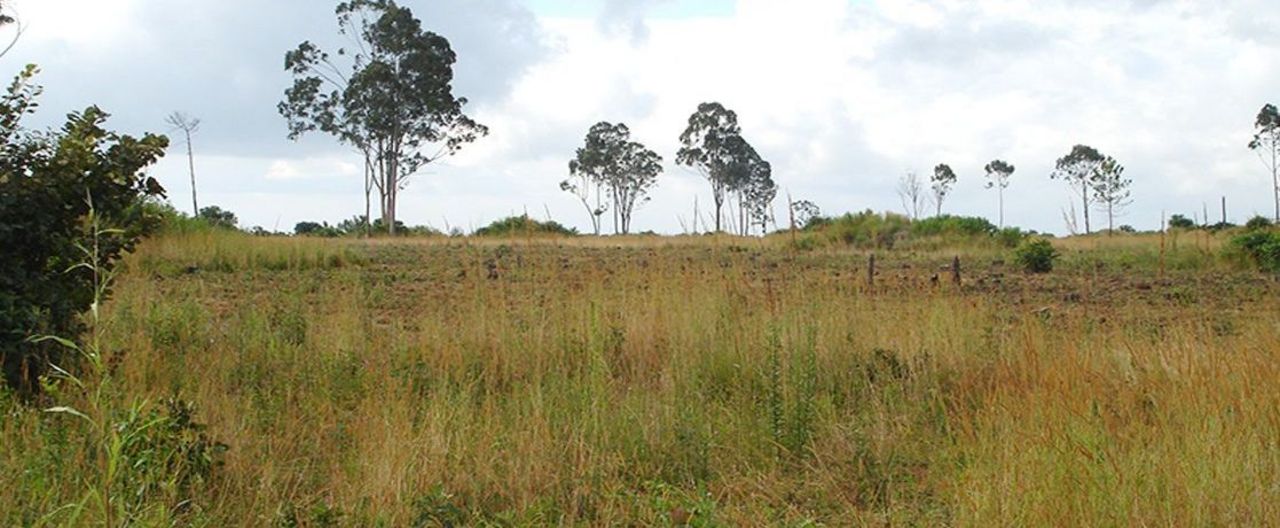Project
Forest Restoration

Landuse potentials and ecosystem Service Restoration in Africa. (FLESRA)
Restoring forest lands at the landscape level contributes to Sustainable Development Goals (SDGs) e.g. hunger, poverty, well-being and life on land especially in poor communities of sub-Saharan Africa.
Background and Objective
Thünen’s research goal is the comprehensive analysis of options and restrictions of forest restoration and a development of best-practice concepts for one or more regions in Africa. Within this project, different silvicultural options for forest restoration and ecosystem services shall be identified, analysed and classified according to cost-benefit-criteria in comparison with different land user groups. The work shall be carried out in close cooperation with the Thünen Institute of Forest Ecosystems, Eberswalde.
Approach
Forest landscape restoration has gained momentum both at international and regional level. The project will focus at the interface of both site level (dominant use) and landscape level (multiple functions and well-being). At the site level, numerous forest restoration practices and silvicultural options in different land use shall be identified.
At the landscape level, focus is on the multifunctionality and provision of ecosystem services for the various forest user groups. Different stakeholders or user groups shall be identified with their respective needs, aspirations, trade-offs and synergies. Finally these will be interlinked with silvicultural options to find best-practice concepts that are ecologically robust and with high economic benefits. Additionally, we shall recommend a feasible methodology/criteria for evaluating cost-benefits from respective forest landscape restoration practices in Africa.
Data and Methods
The project aims to collect and analyze scientific data on current forest and landscape restoration practices.The research focuses on the performance of different silvicultural techniques, their cost–benefit structures and mismatch in actor values and beliefs in the FLR realm.
It also incorporates socioeconomic, governance and biophysical success and failure factors at both site and landscape level.
Thünen-Contact

Ehemalige Thünen-Mitarbeiterinnen und Mitarbeiter
Involved external Thünen-Partners
- Center for International Forestry Research (CIFOR)
(Bogor, Indonesien)
Funding Body
-
Federal Ministry of Food und Agriculture (BMEL)
(national, öffentlich)
Duration
3.2019 - 12.2024
More Information
Project status:
ongoing
Publikationen
- 0
Ahimbisibwe V, Zhunusova E, Kassa H, Günter S (2024) Technical efficiency drivers of farmer-led restoration strategies, and how substantial is the unrealised potential for farm output? Agric Syst 213:103799, DOI:10.1016/j.agsy.2023.103799
- 1
Ahimbisibwe V, Groeneveld J, Lippe M, Tumwebaze SB, Auch E, Berger U (2021) Understanding smallholder farmer decision making in forest land restoration using agent-based modeling. Socio-Environ Sys Model 3:18036, DOI:10.18174/sesmo.2021a18036

![[Translate to English:] Logo des Bundesministerium für Ernährung und Landwirtschaft](/media/allgemein/logos/BMEL_Logo.svg)